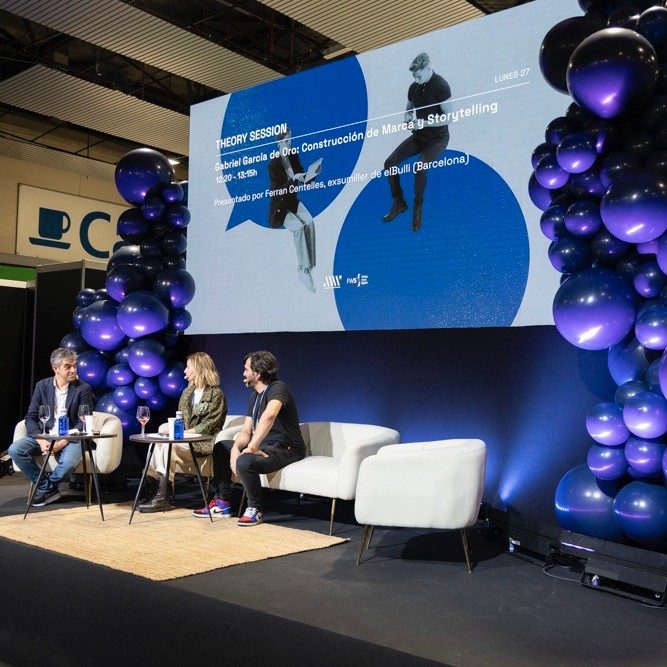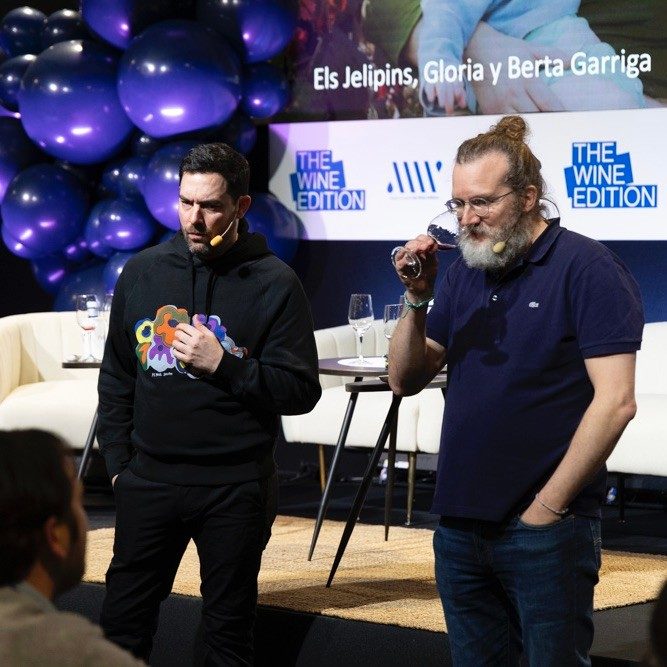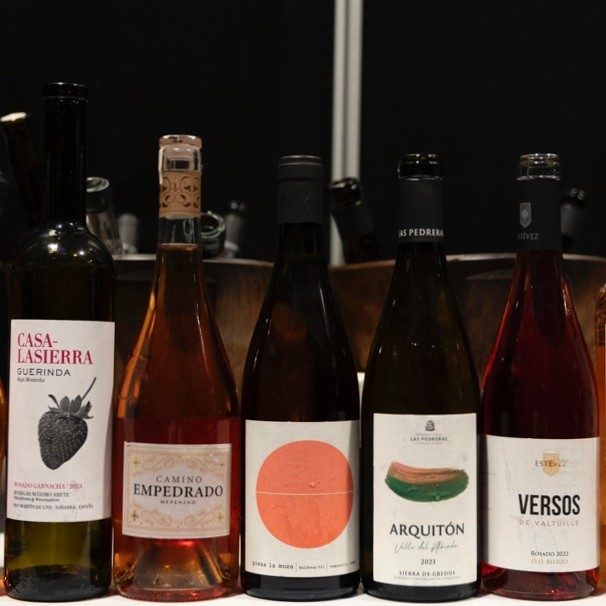Volcanic Terroirs and Natural Wines
The congress opened with an inspiring masterclass that transported attendees to the volcanic regions of the Canary Islands, highlighting the unique character of wines born from lands shaped by fire.
Jonatan García Lima (Suertes del Marqués winery, Valle de la Orotava DO, Tenerife) turned the focus to the diversity of volcanic soils in the Canary Islands, shaped by the varying ages and geologies of the archipelago. He emphasized how factors like soil acidity, vineyard orientation, and rainfall patterns influence the character of Canary Island wines. Facing challenges such as drought and heat waves, García Lima stressed the need for adaptation, including higher-altitude vineyards and traditional systems like the braided cordon trellising of La Orotava, which protects vines from extreme weather and pests like phylloxera. For García Lima, volcanic wines are best summarized as embodying “salinity and freshness.”
On the afternoon, natural wines jumped in with a dialogue between chef Rafa Peña (from Gresca restaurant in Barcelona) and Spanish sommelier Alberto Segade (from two Michelin stars Kadeau restaurant in Copenhagen). They showcased natural wines with strong personalities, crafted primarily by women from regions such as Balearic Islands and Catalonia. These wines, defined by freshness and elegance, paired seamlessly with a variety of dishes. Segade challenged the “natural wine” label, stating, “There are good and bad wines, but natural wines often come with beautiful stories of sustainability and respect for the environment.”

.png.transform/rendition-xs/image_image%20(1).png)






